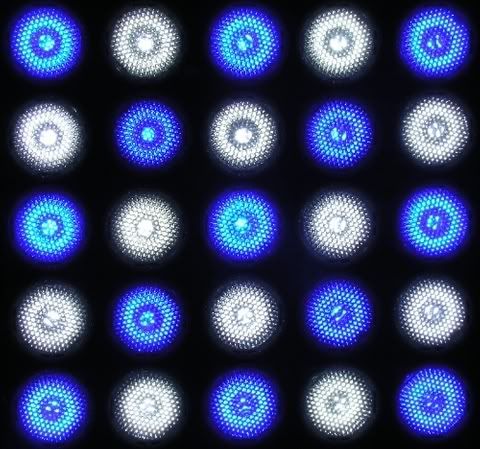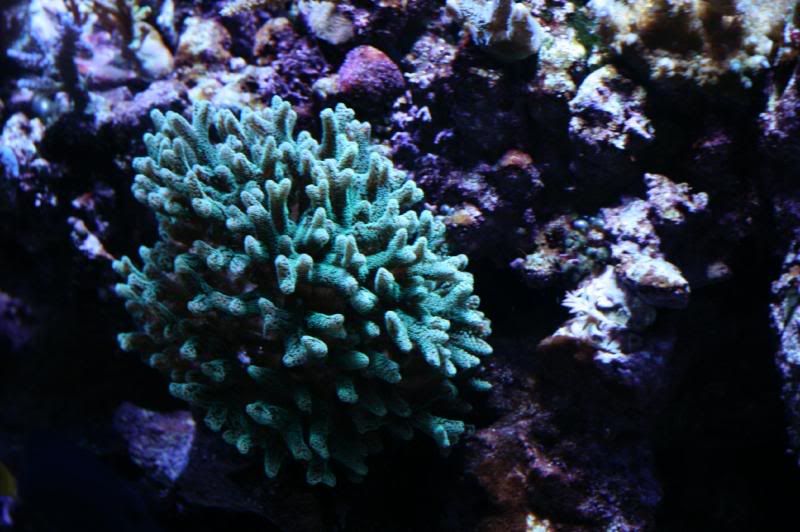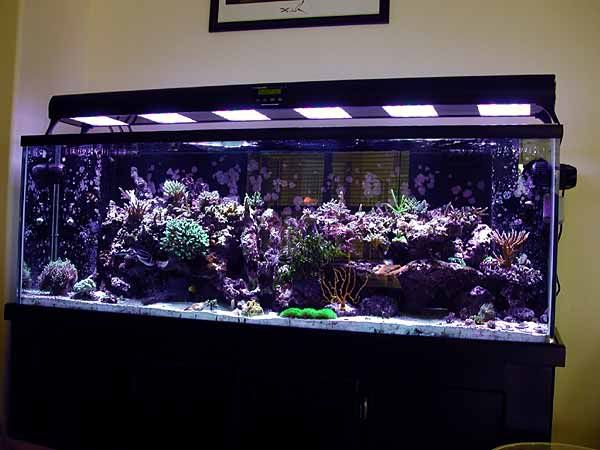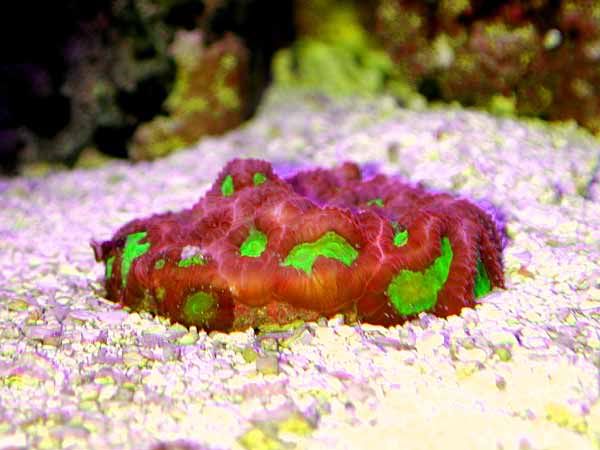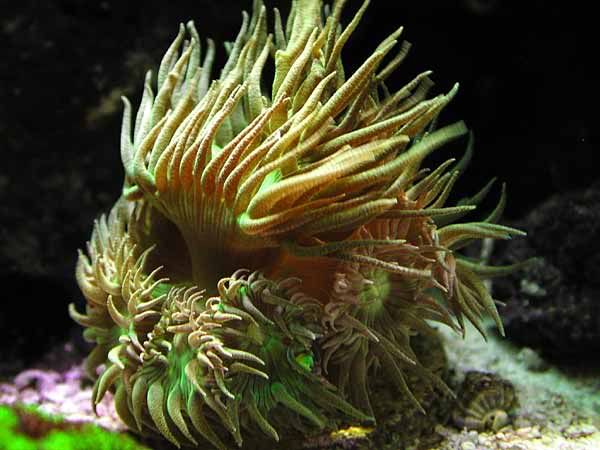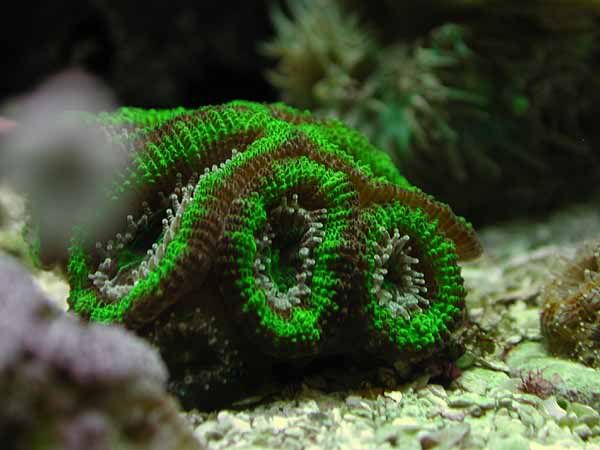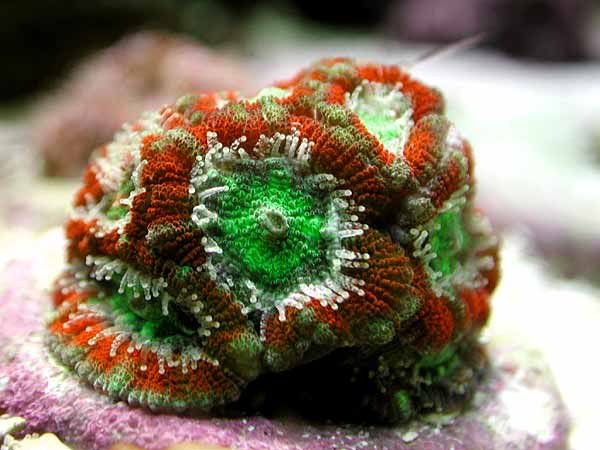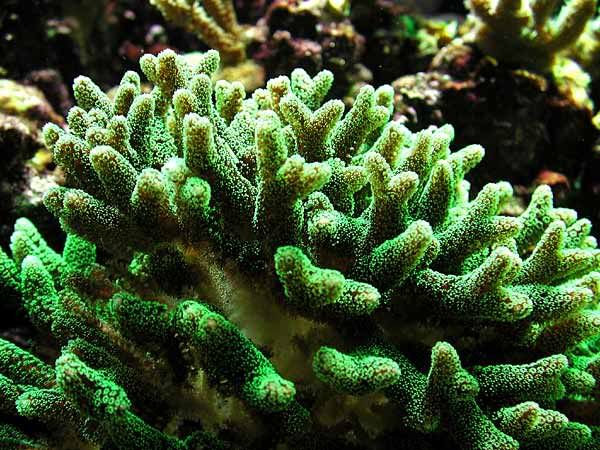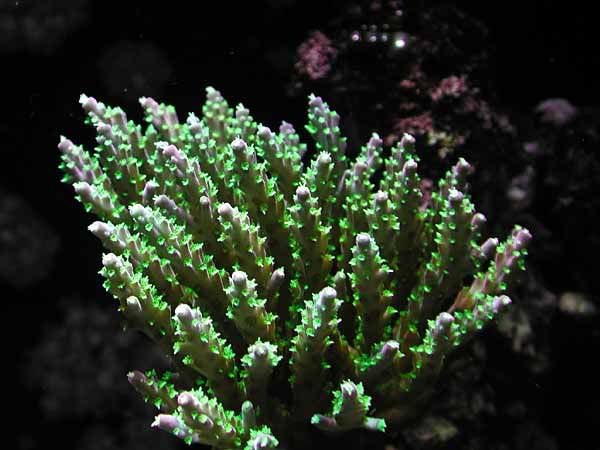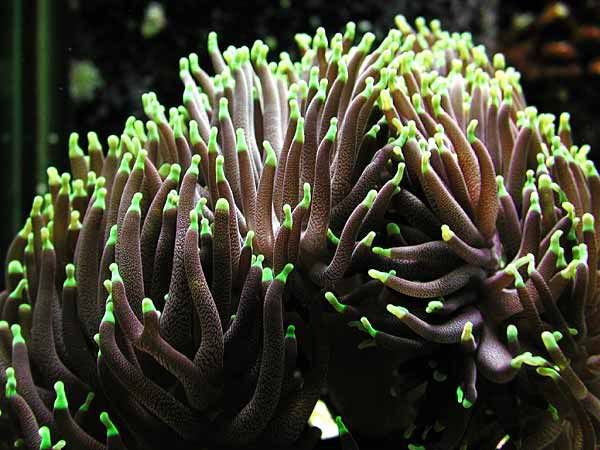The place mentioned above, the coral corral, runs the entire store on LED set ups, and I have been watching them since they opened, their corals appearances go up and down.
One benefit of LED's is that they lie about the color of the corals. The corals look very vibrant and colorful, but what your actually seeing is the reflection of that particular bulb.
The PAR on the LED set up is adjustable. At 100% the corals started bleaching out due to to much light. The store tweaked the lights down and at 35% they are having the most success.
This store does not have one or 2 reef tanks set up on LED's but rather the entire store is this way. Every display tank, every grow-out tank, anemones, softies, frags, everything.
The LED's are quite impressive. Expensive, but impressive.
When you look at the lights there are many white bulbs, many blue bulbs and a few green ones, which explains the "lie" in color coral. But they make for a pretty tank and they are more than capable of supporting any coral including acros and any other SPS and also anemones.
I'll hafta go take pictures now huh?





